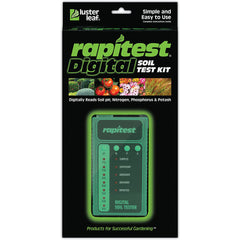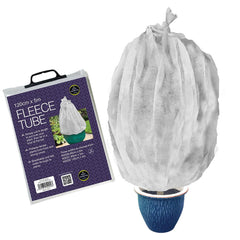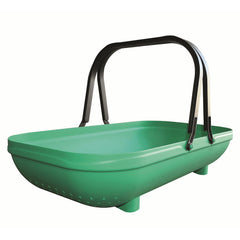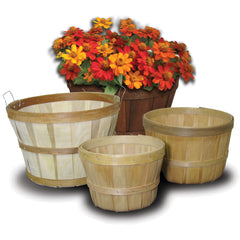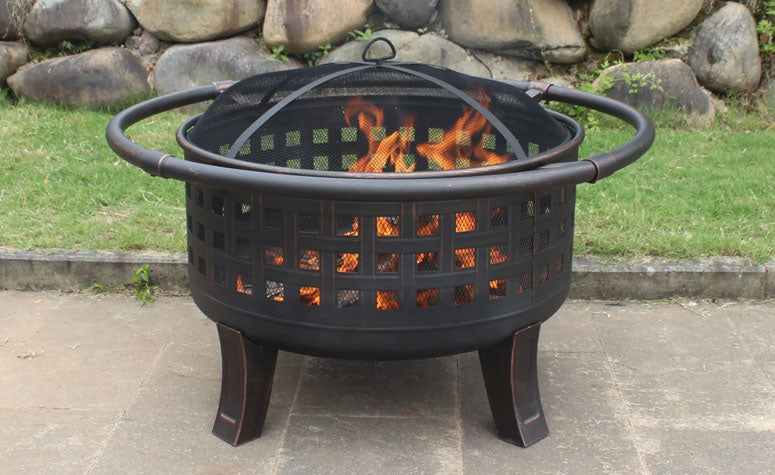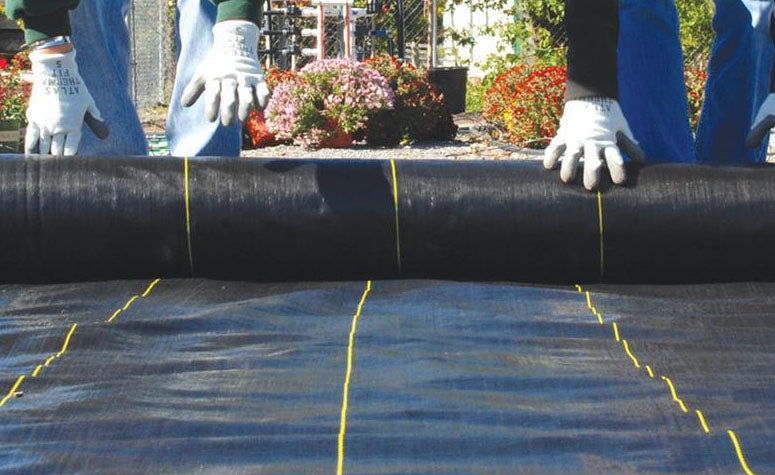Many types of chili peppers exist, and from habaneros to Thai chilis, basic care is the same if you want those peppers to bring the heat. Like other peppers, they need adequate sunlight, warm weather (70-90 degrees), moist soil and a weed-free growing area. One inch of water per week is sufficient in most conditions, and organic mulch will lend a helping hand. Use well-draining soil to reduce the chances of clumping and root rot.
Chili pepper pests are everywhere. Pests like aphids, thrips, flea beetles, pepper weevils and leaf miners can be deterred with natural or synthetic insecticides. Bacterial spots, damping off, cucumber mosaic virus and powdery mildew are also concerns. If a plant gets infested or infected, destroy it immediately.






















